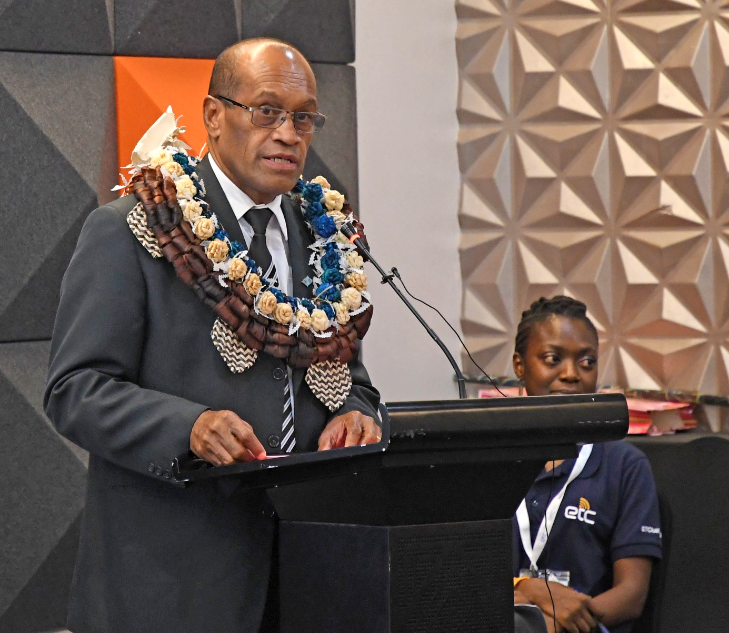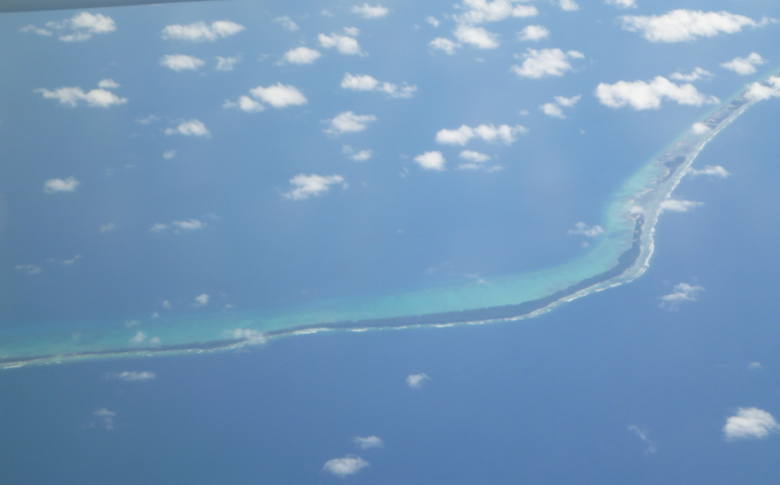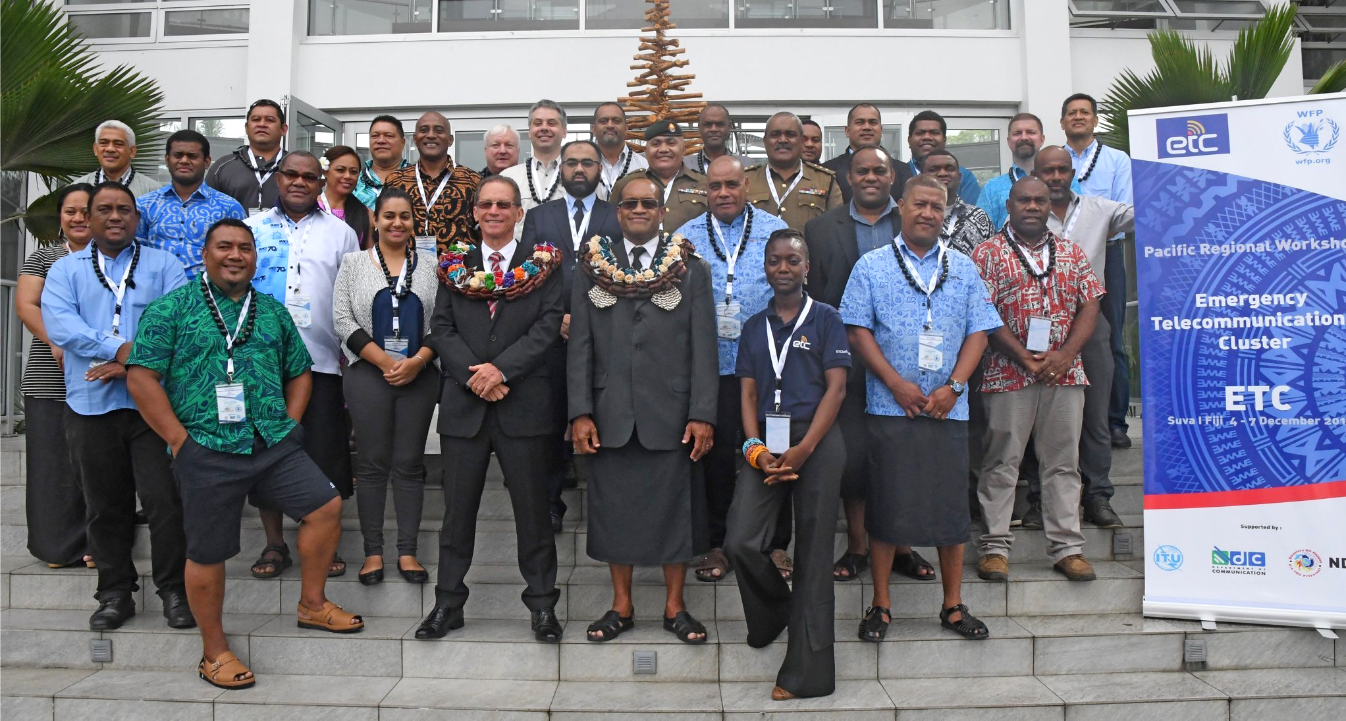
Bolstering preparedness partnerships ahead of cyclone season in the Pacific

Written by Sanya Ruggiero – WFP IM Officer in the Pacific
PACIFIC HARBOUR - According to the United Nations World Food Programme (WFP), the Pacific is one of the most vulnerable regions to natural hazards in the world – and climate-related disasters are increasing the threat. Of the 20 states with the highest average disaster losses scaled by gross domestic product (GDP), eight are Pacific Island Countries. Average direct losses due to natural disasters in the South Pacific are estimated at US$284 million per year. In the medium to longer term, climate-related disasters are expected to increase in number and scale, especially in relation to El Niño/La Niña cycles.
From 4-7 December 2018, WFP in partnership with the Fijian Government hosted the third annual Pacific Regional Emergency Telecommunications Cluster (ETC) workshop. The workshop brought together over 40 stakeholders from countries across the South and North Pacific, including National Disaster Management Offices, government ministries, regulators, NGOs, the Red Cross, the private sector, academics and UN agencies, with a focus on localising and adapting regional initiatives to the country level.
In his opening address, Fiji’s Minister for Infrastructure, Transport, Disaster management and Meteorological services, Honourable. Jone Usamate said “In any disaster, communication infrastructure is crucial in ensuring time-critical decisions can be made to save lives and property.”

This is by no means an arbitrary sentence: The Pacific is not just the world's largest ocean, it is host to numerous islands with a rich diversity of culture and languages, reefs and atolls, mountains and forests, flora and fauna. These 22 unique island countries and territories are home to more than seven million people, and their uniqueness makes them one of the most vulnerable regions in the world facing the impacts of climate change. From the highest of the volcanic islands to the lowest lying coral atolls, the entire region is under threat[1]. In 2016 Cyclone Winston caused widespread and enduring destruction across Fiji, as the strongest storm in recorded history to have ever struck the Southern Hemisphere.
At the time, weather experts touted this event as the beginning of a ‘new normal’. The great risk of climate-related hazards, ranging from intensifying tropical cyclones, storm surges, floods, droughts and sea level rise, is a common denominator of all Pacific Island Countries. The smaller developing island states are especially vulnerable and disproportionally affected by these events. Effects include the loss of lives and livelihoods, coastal resettlements, ecosystem disruptions, as well as large-scale economic losses.
As the regional lead agency in the Pacific for the Emergency Telecommunications Cluster (ETC), WFP works with countries and organizations to provide shared communications services in humanitarian emergencies and support the development of country-level coordination mechanisms relating to disaster communications. It aims to coordinate existing resources to strengthen national, provincial and community coordination in the areas of emergency telecommunications to ultimately save lives and protect livelihoods.
This is by no means easy, nor can it be accomplished by any one organization or country on its own. The Pacific ETC workshop serves to bring the major stakeholders from across the region together for one week every year to participate in an intensive knowledge and lessons learnt sharing exercise with the goal of bolstering country-level preparedness initiatives at the onset of the annual Pacific Cyclone Season (November – April in most countries).
Comprising a diverse cross-section of technical backgrounds, delegates in attendance represented at least ten Pacific Island nations - Samoa, Tonga, Solomon Islands, Vanuatu, Kiribati, Nauru, Marshall Islands, Palau, Tuvalu and Fiji. Four of these nations (Samoa, Tonga, Solomon Islands and Fiji) are amongst the top ten countries in the world with the highest disaster risk.
With so much at stake, the annual workshop agendas are never light and it is not unusual to see groups of delegates huddled over in discussion late into the evening – after all, their countries are depending on them.
Key areas of focus at this year’s meeting included:
Telecommunications in times of disaster;
How humanitarians use Information & Communication Technology (ICT);
Emergency telecommunications in the last mile;
Communicating with communities;
Technology for early warning systems.
Often referred to as ‘people from the Small Islands’, Pacific Islanders are in fact the people of the Large Oceans. They remain resilient in the face of climate change, making every effort to overcome the environmental, social and economic catastrophe that it brings and to adapt to survive and save their islands.[2] WFP and the ETC stand side-by-side with the people of the Pacific Islands in strengthening their efforts to prepare for and withstand future challenges.
